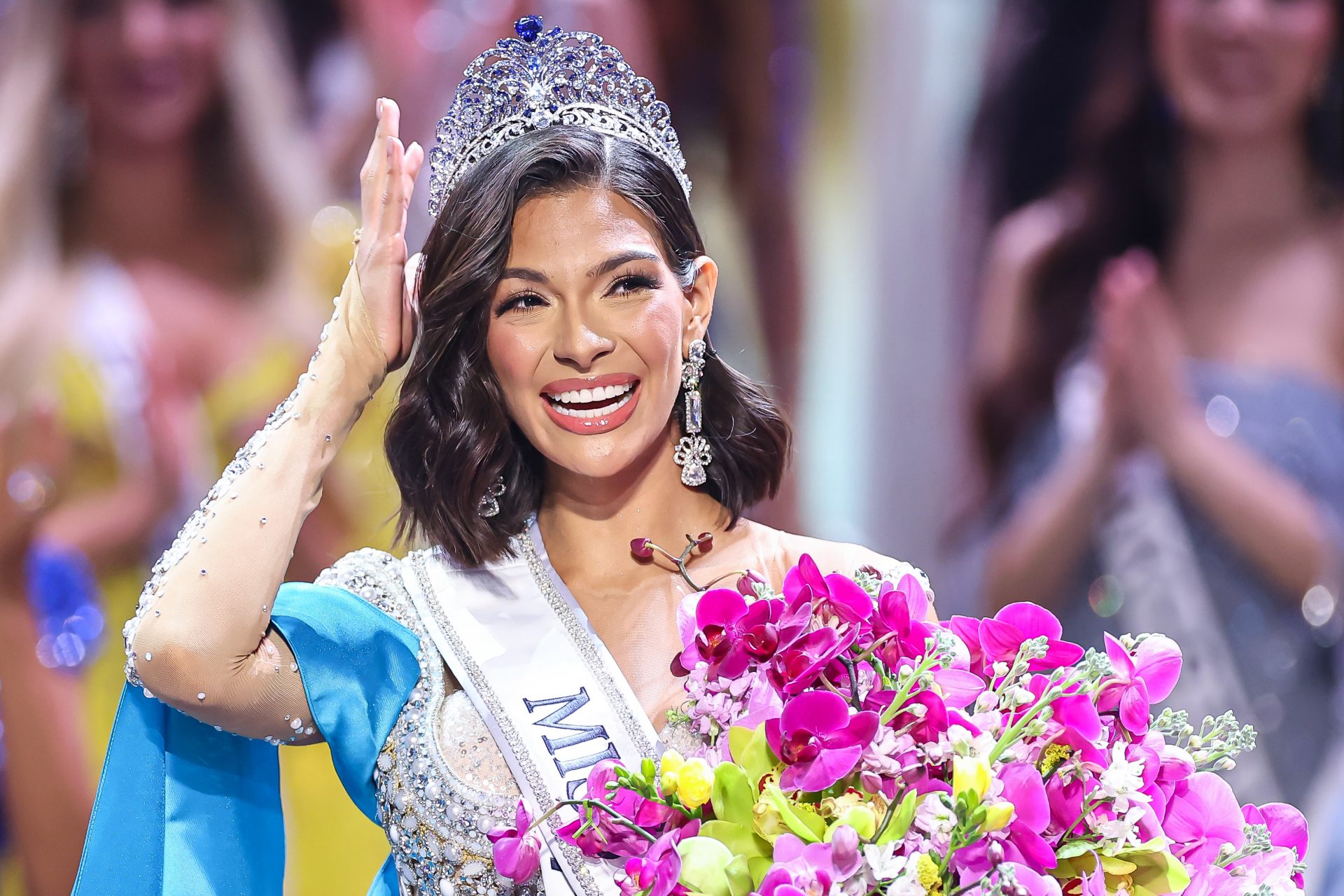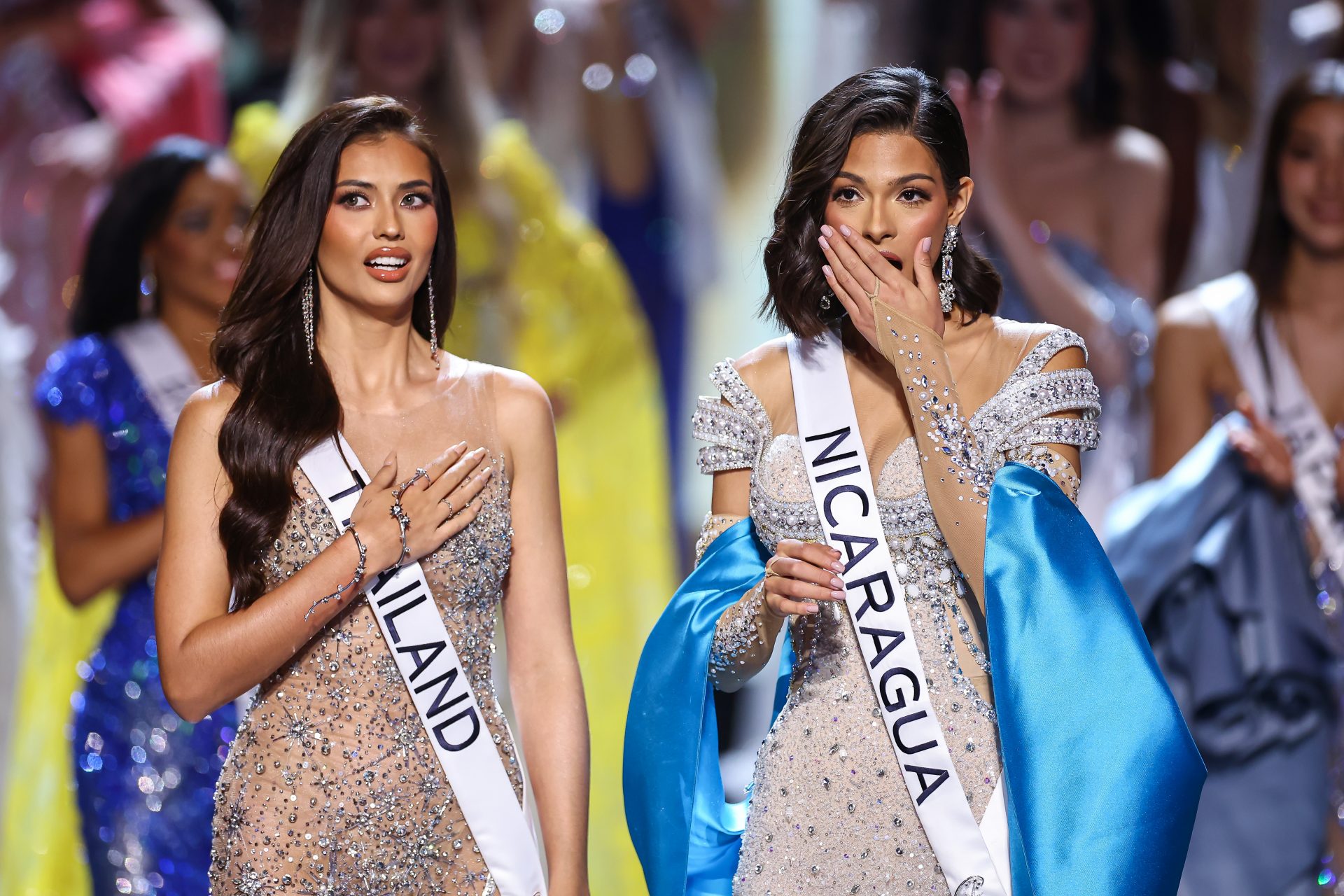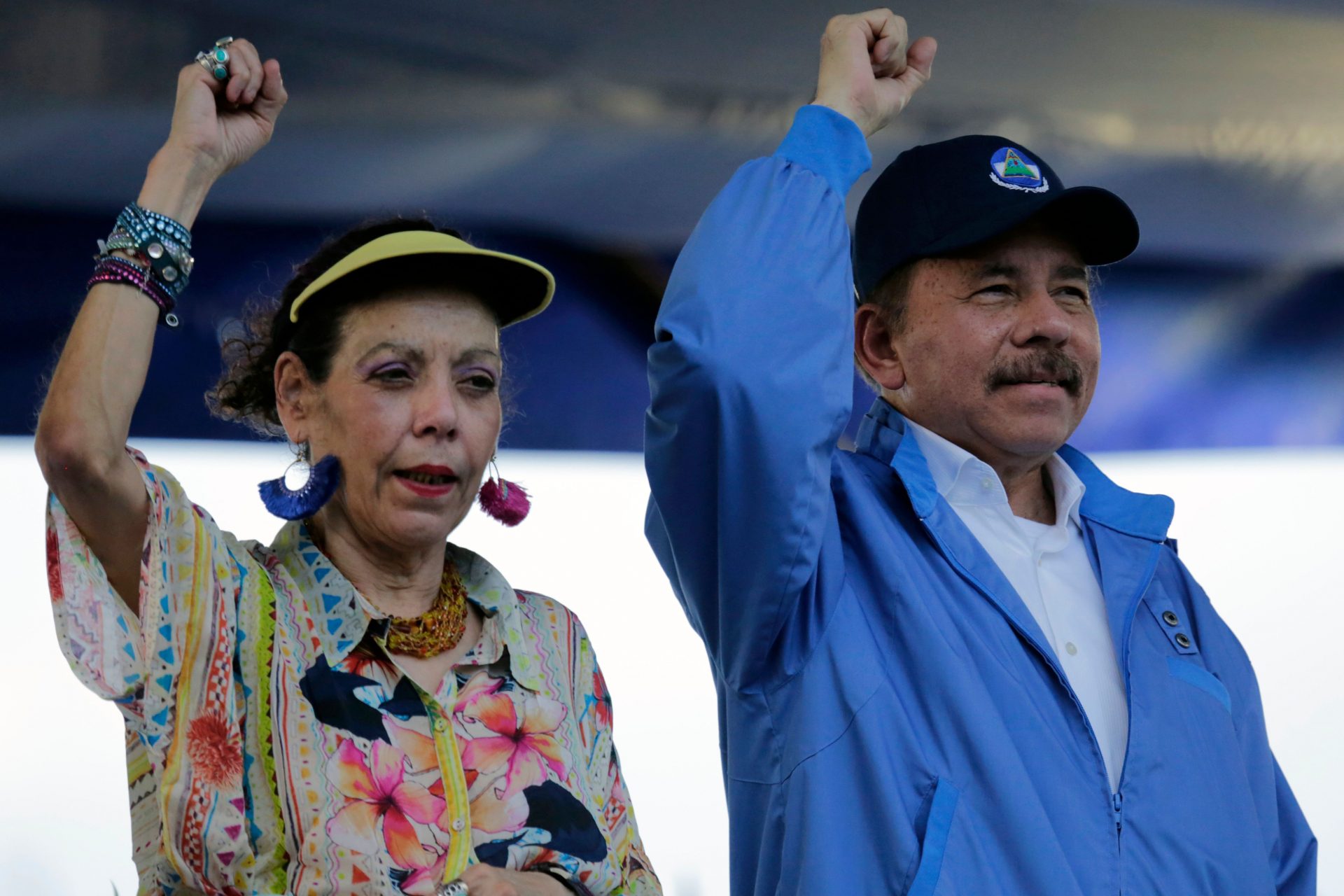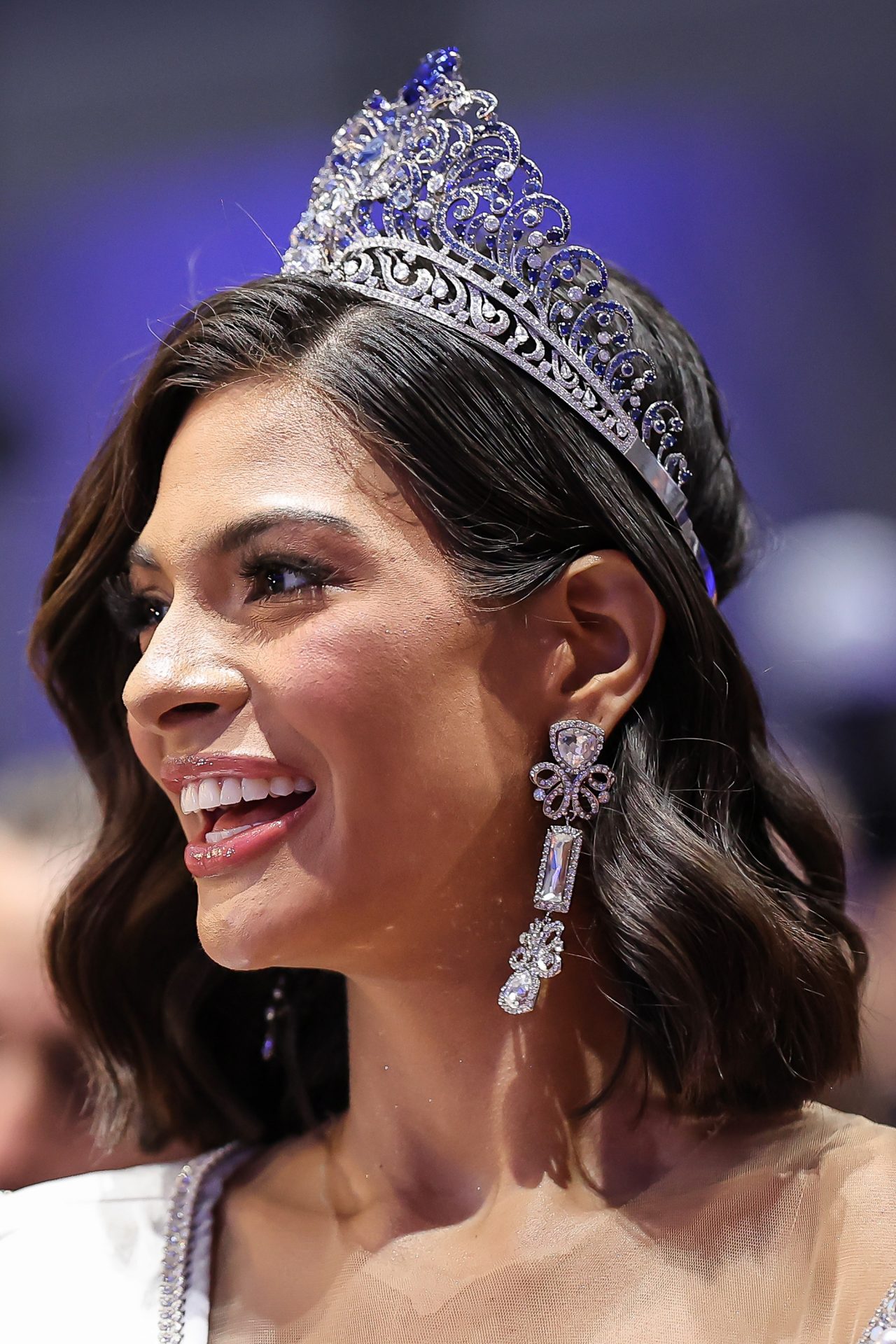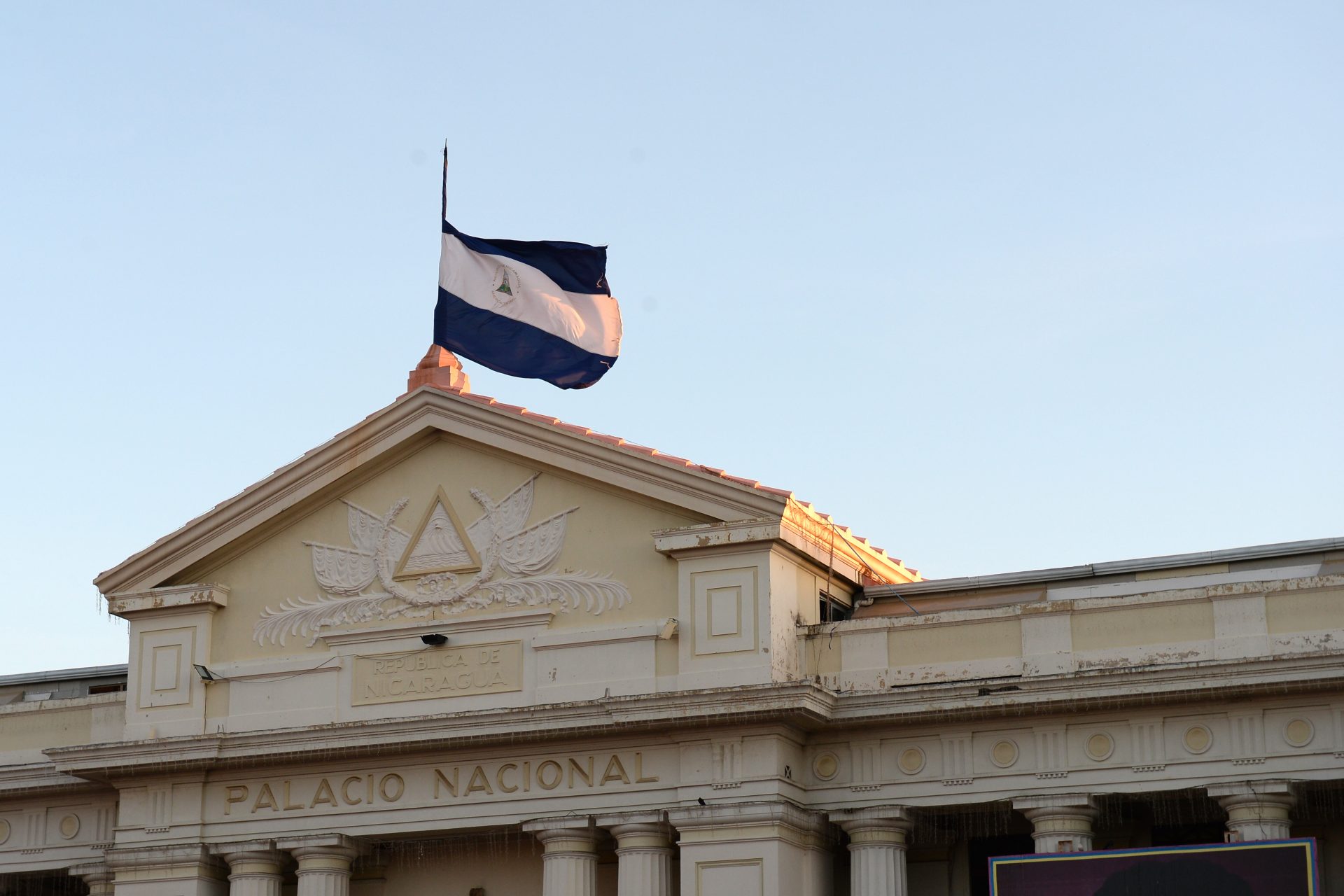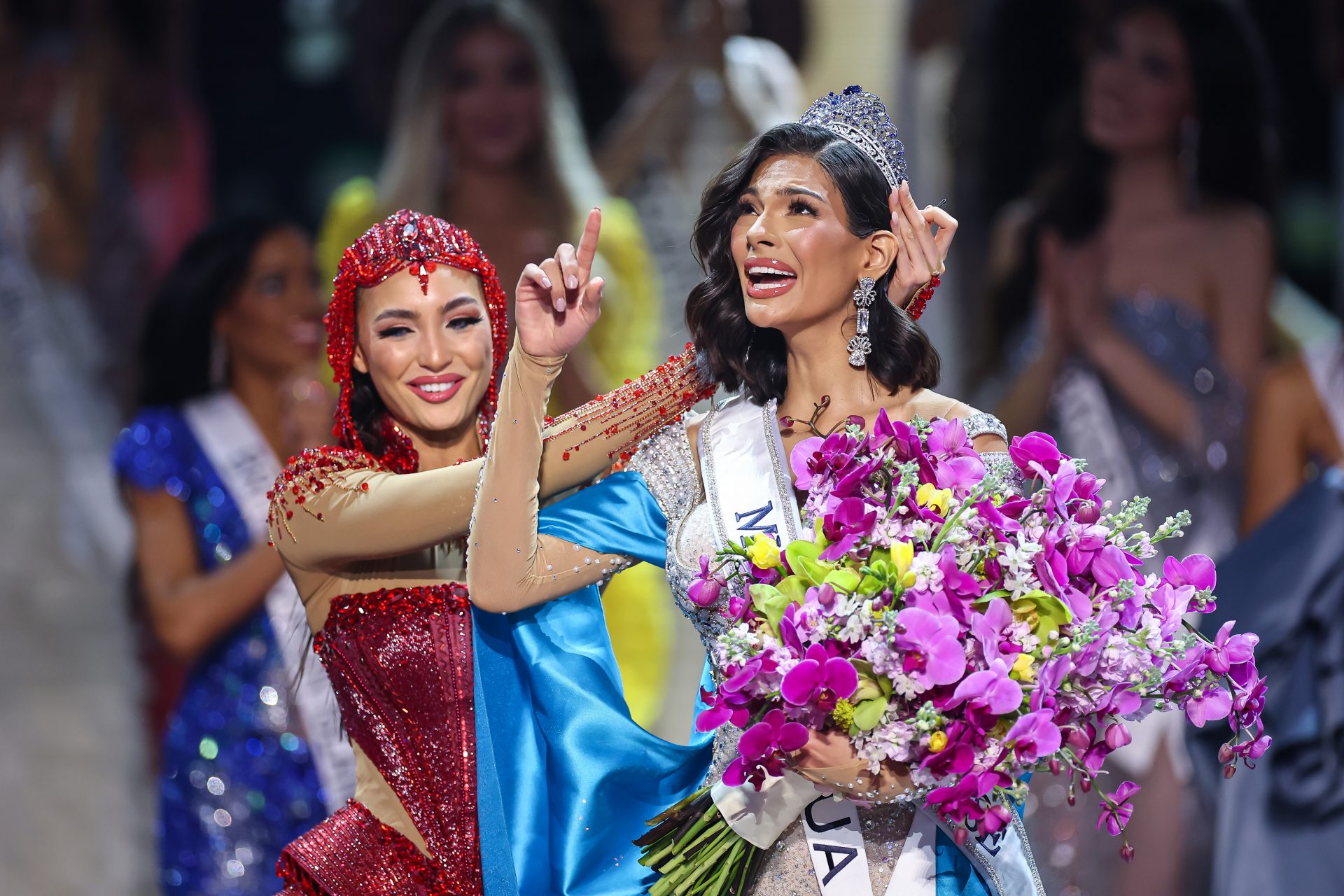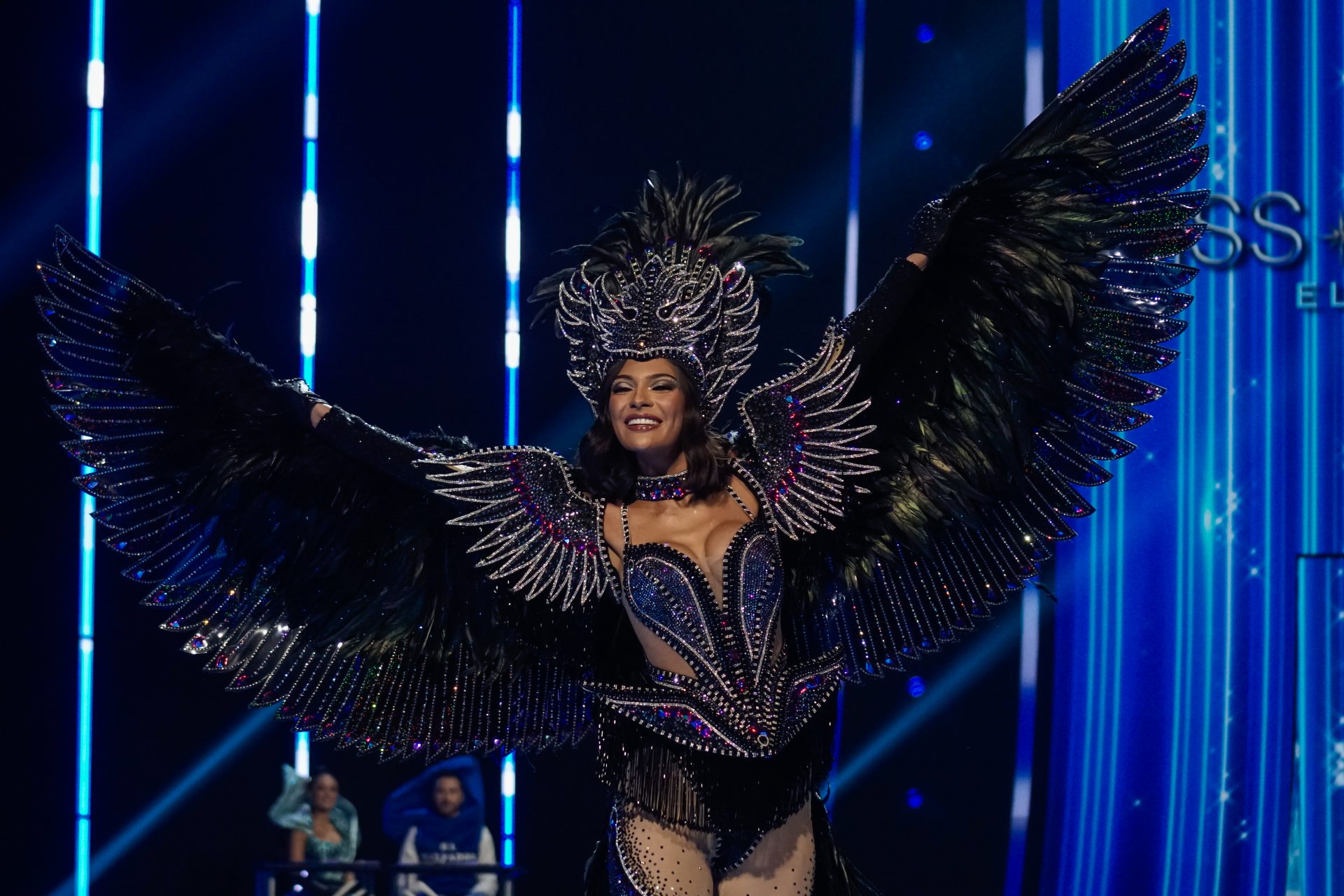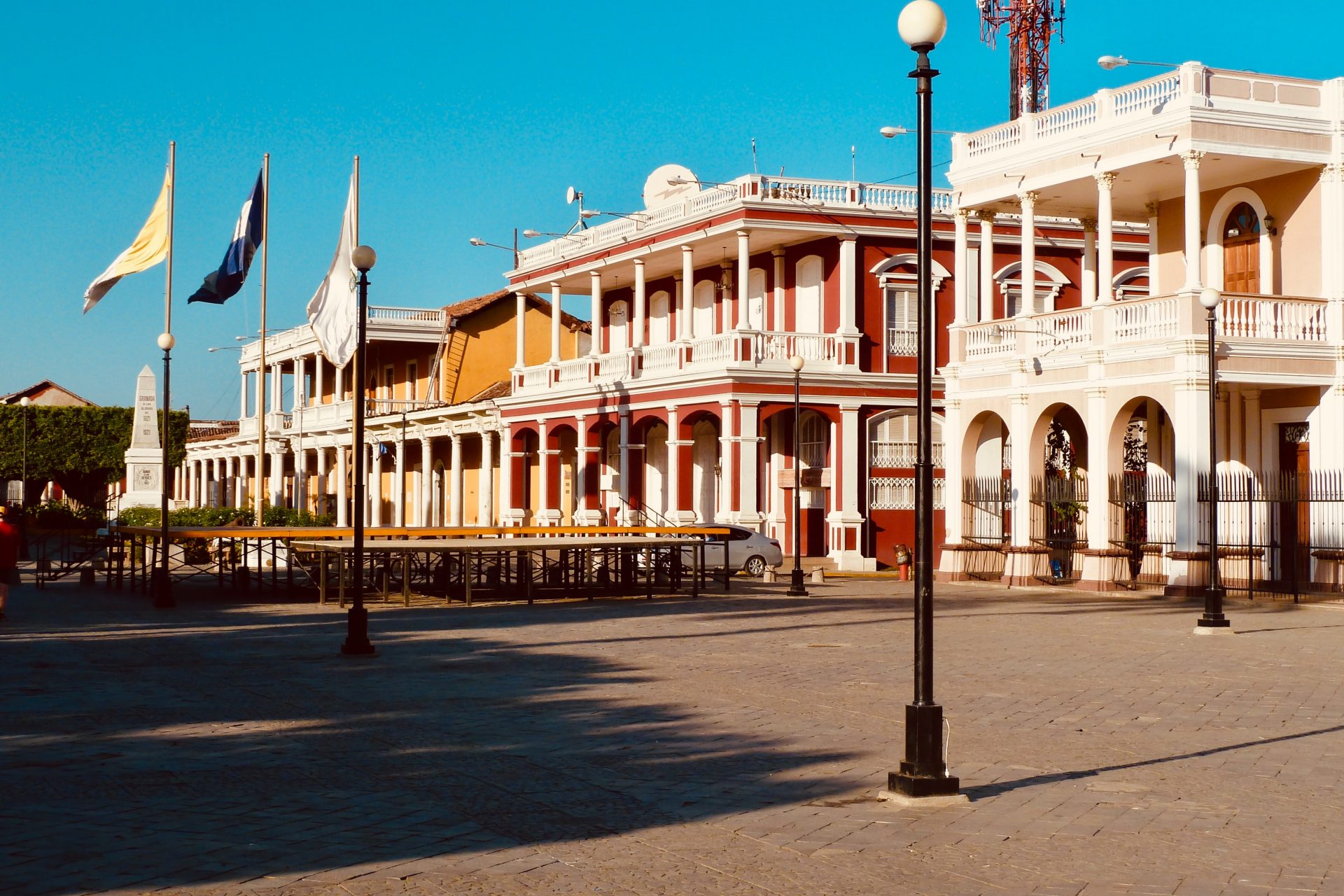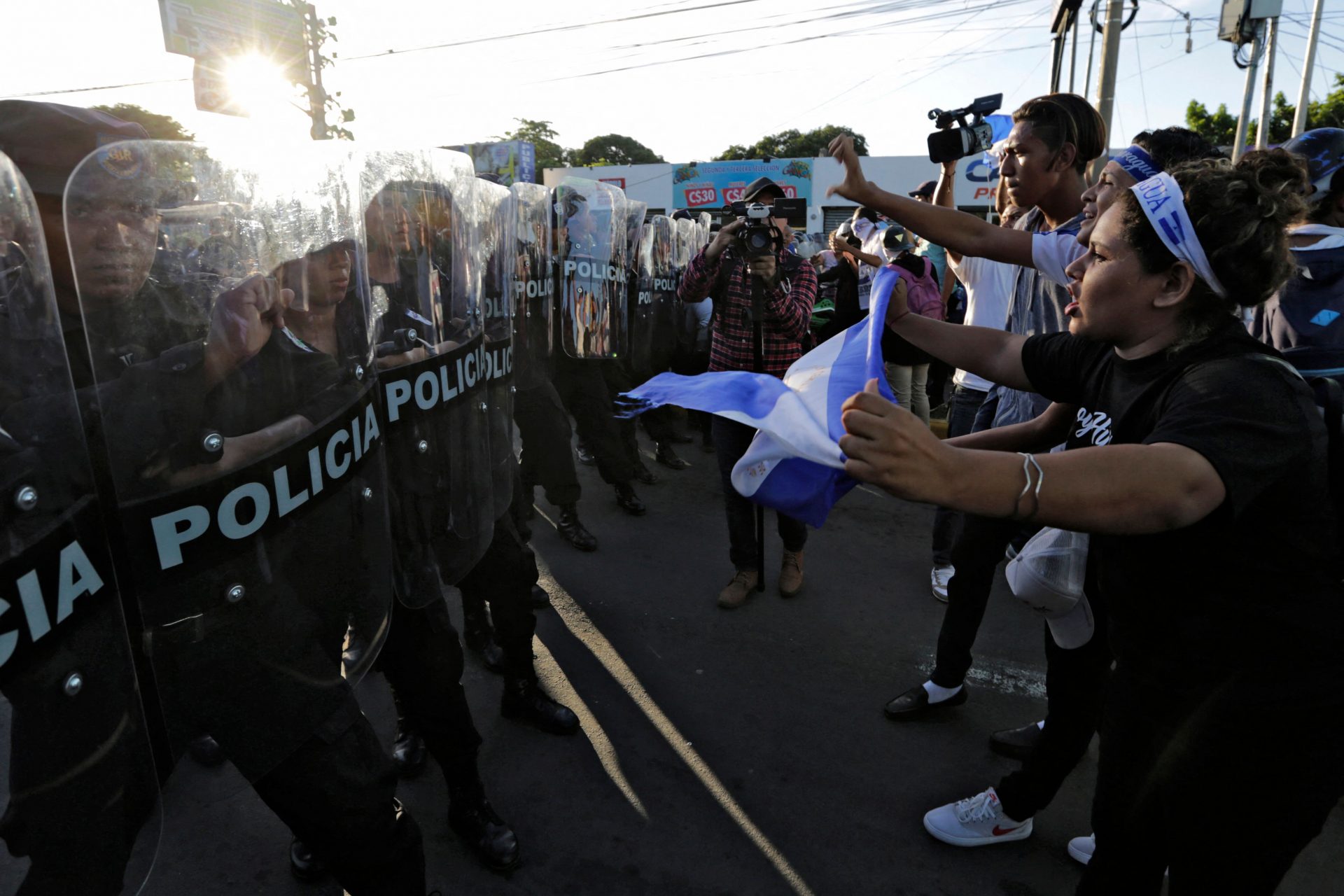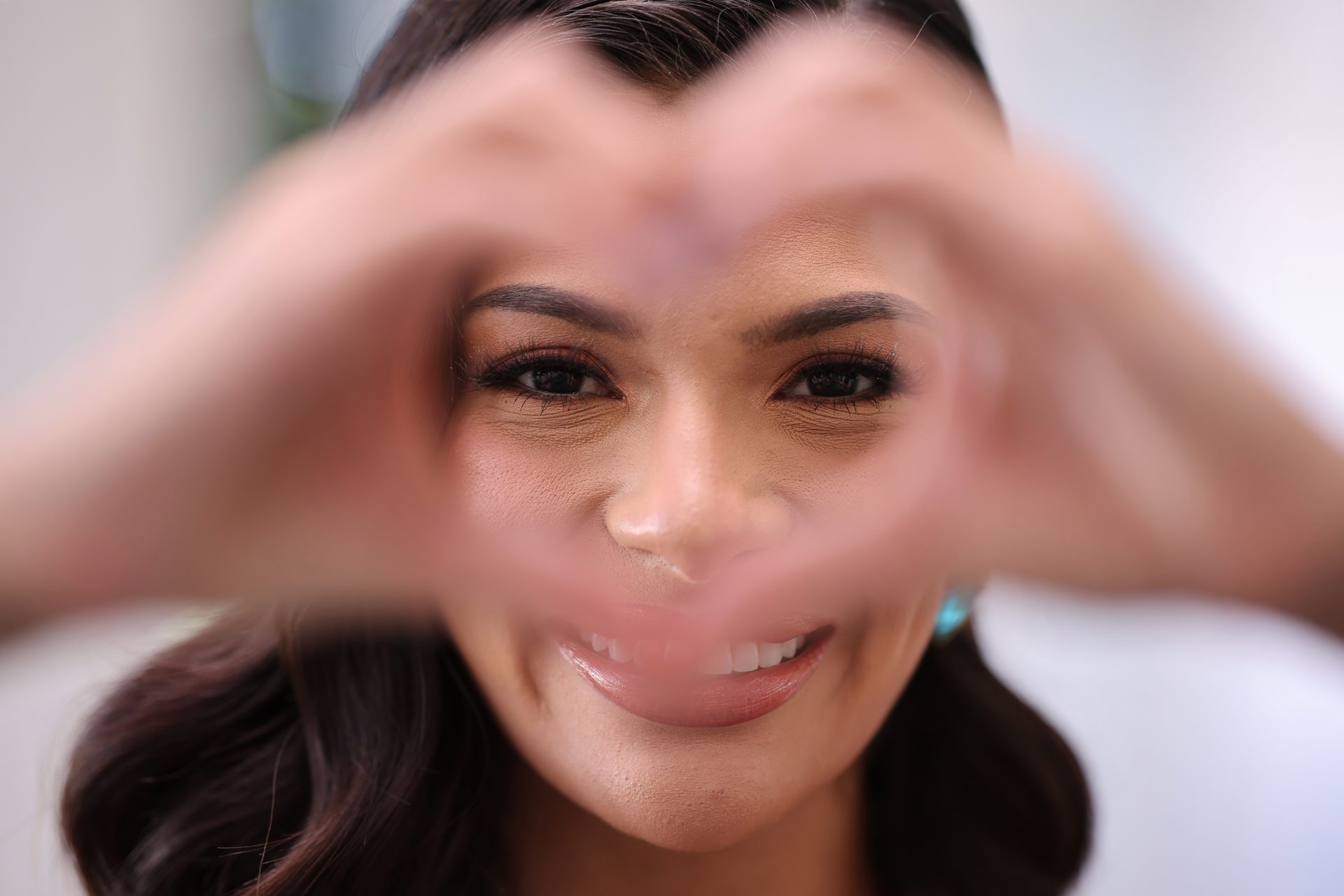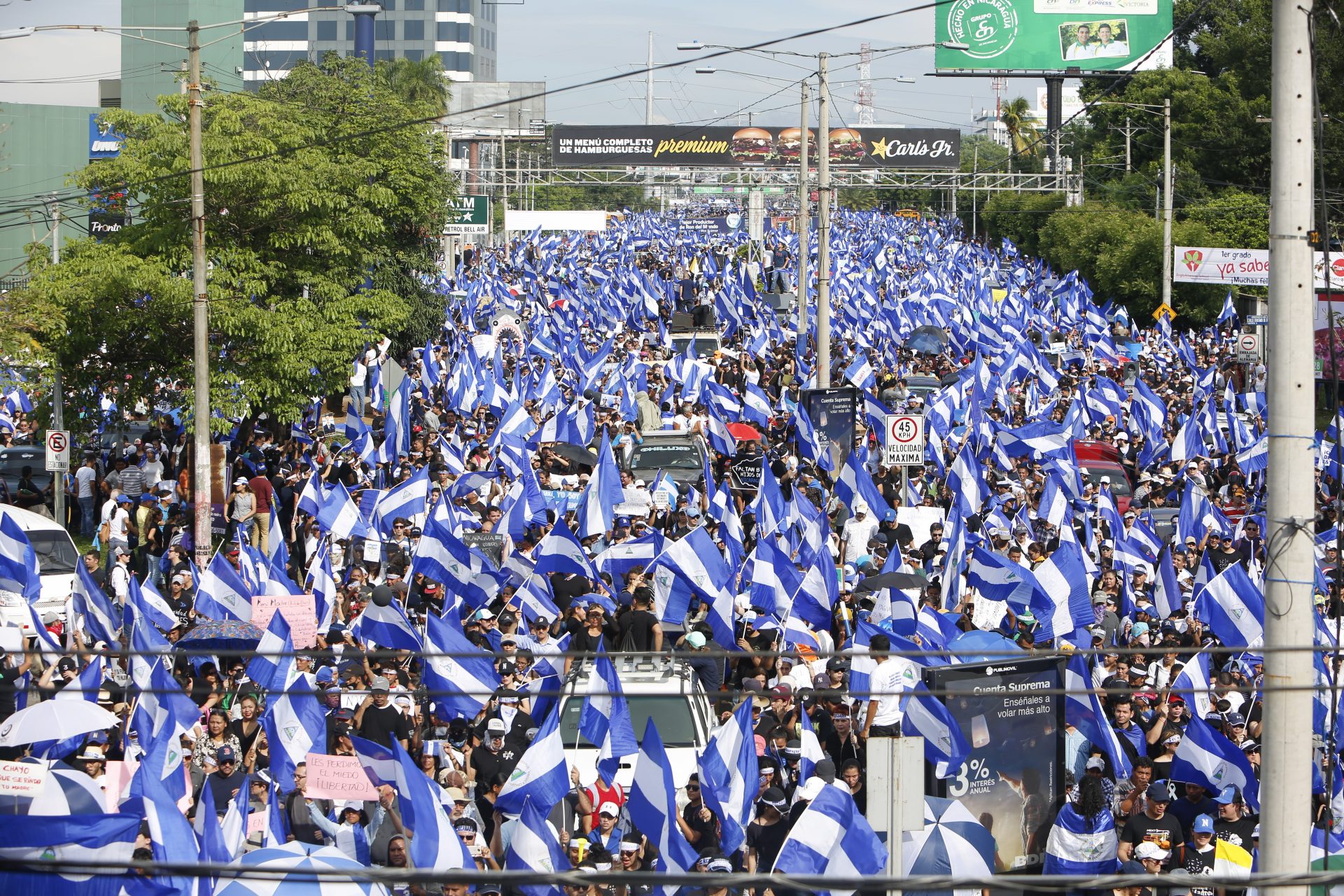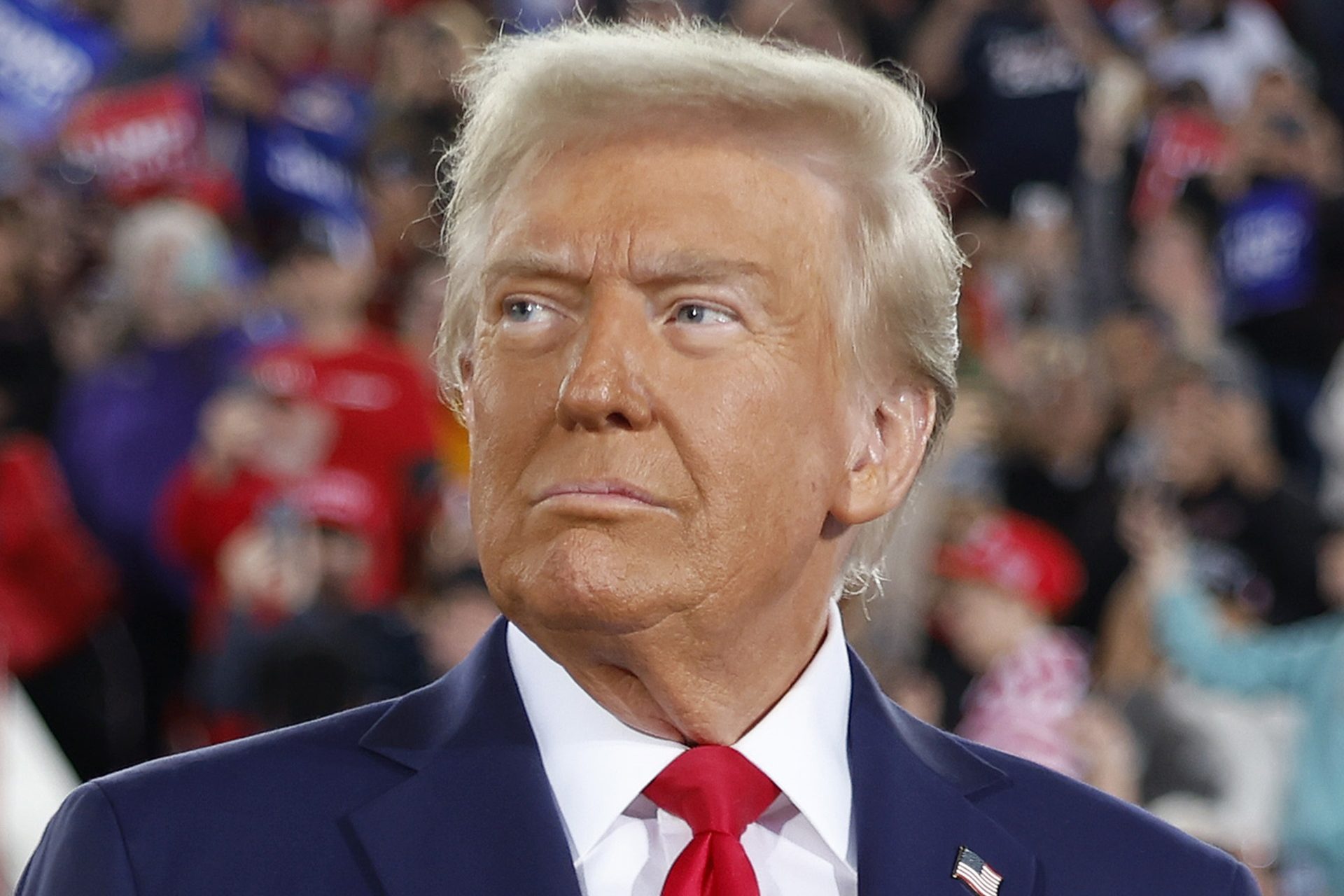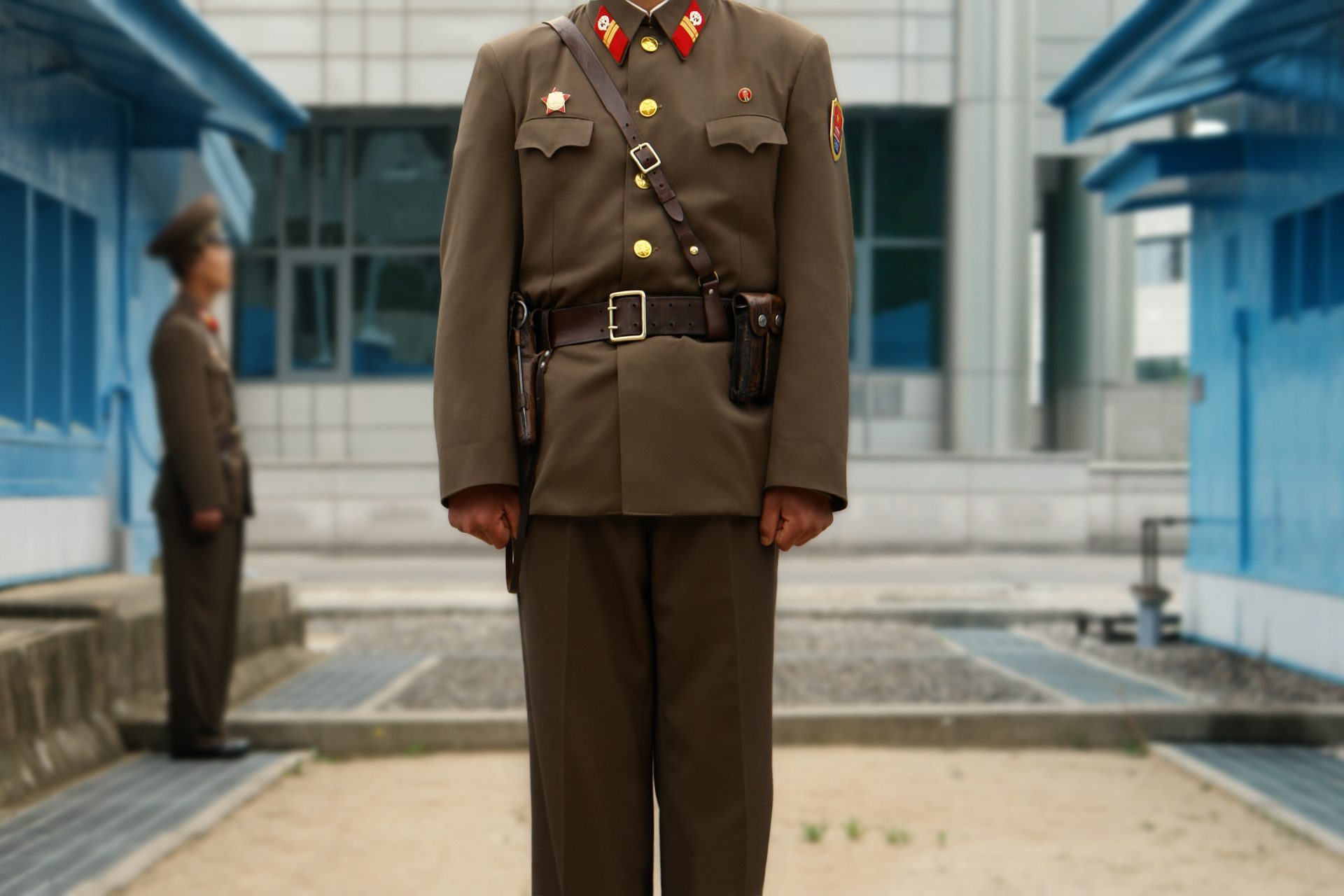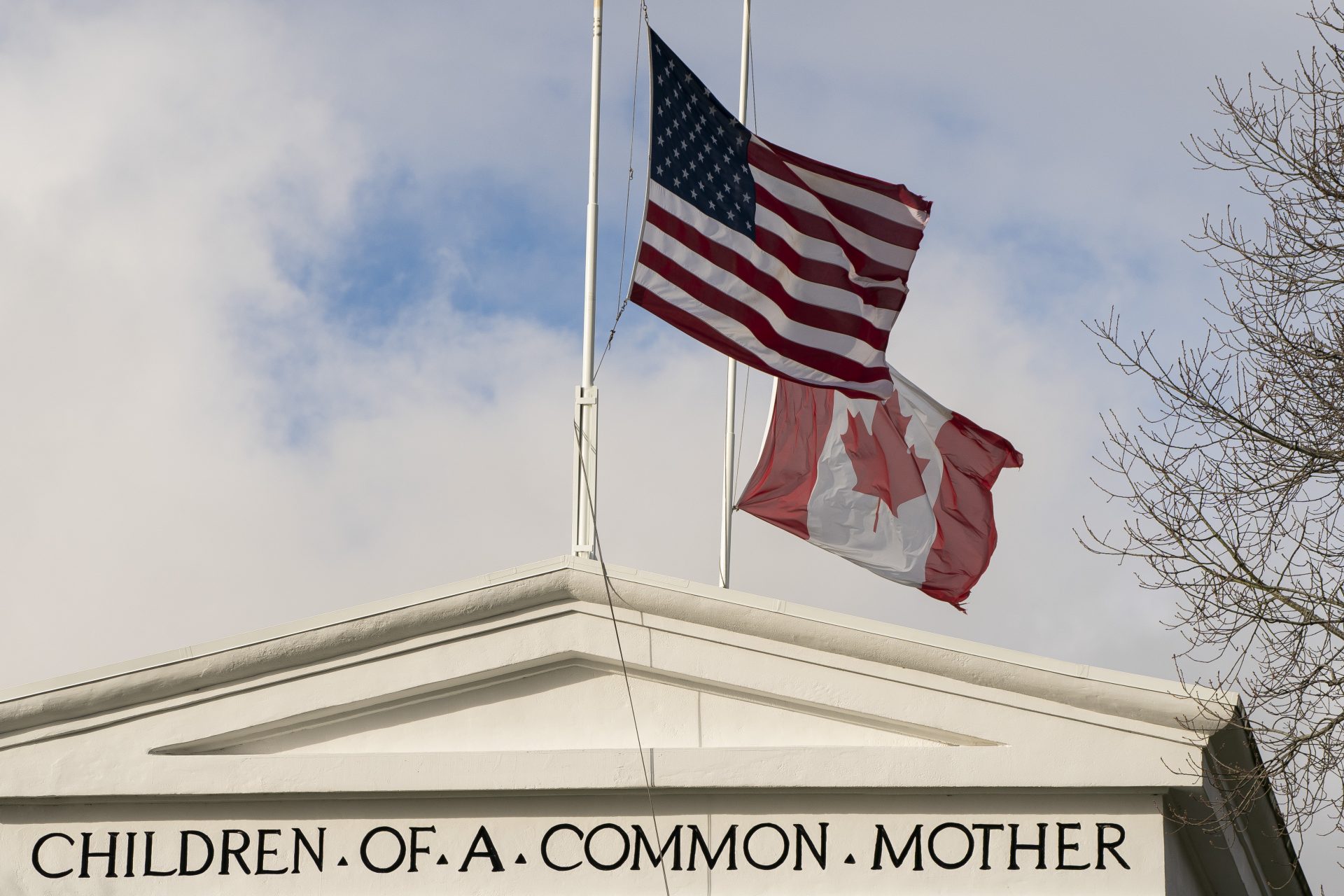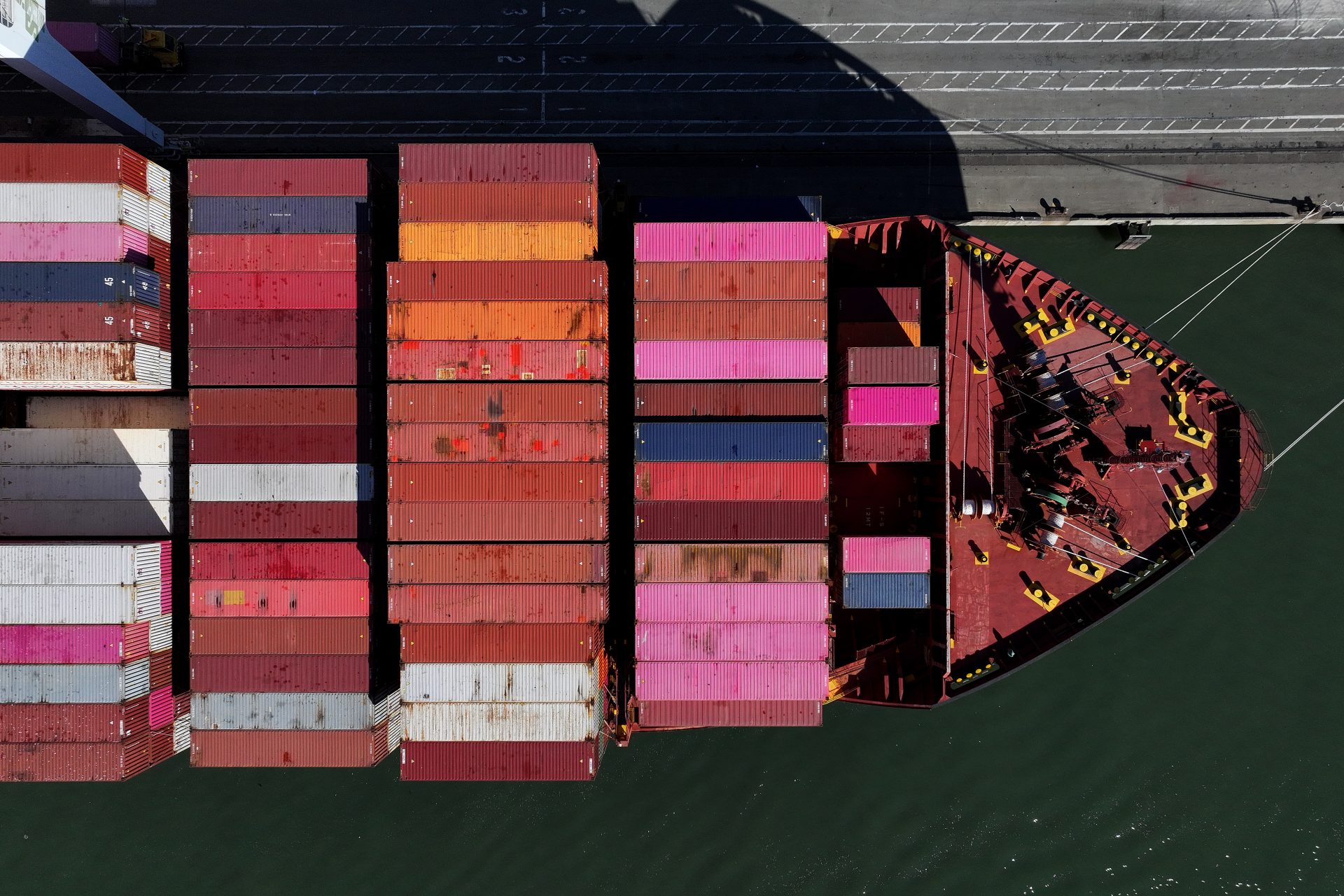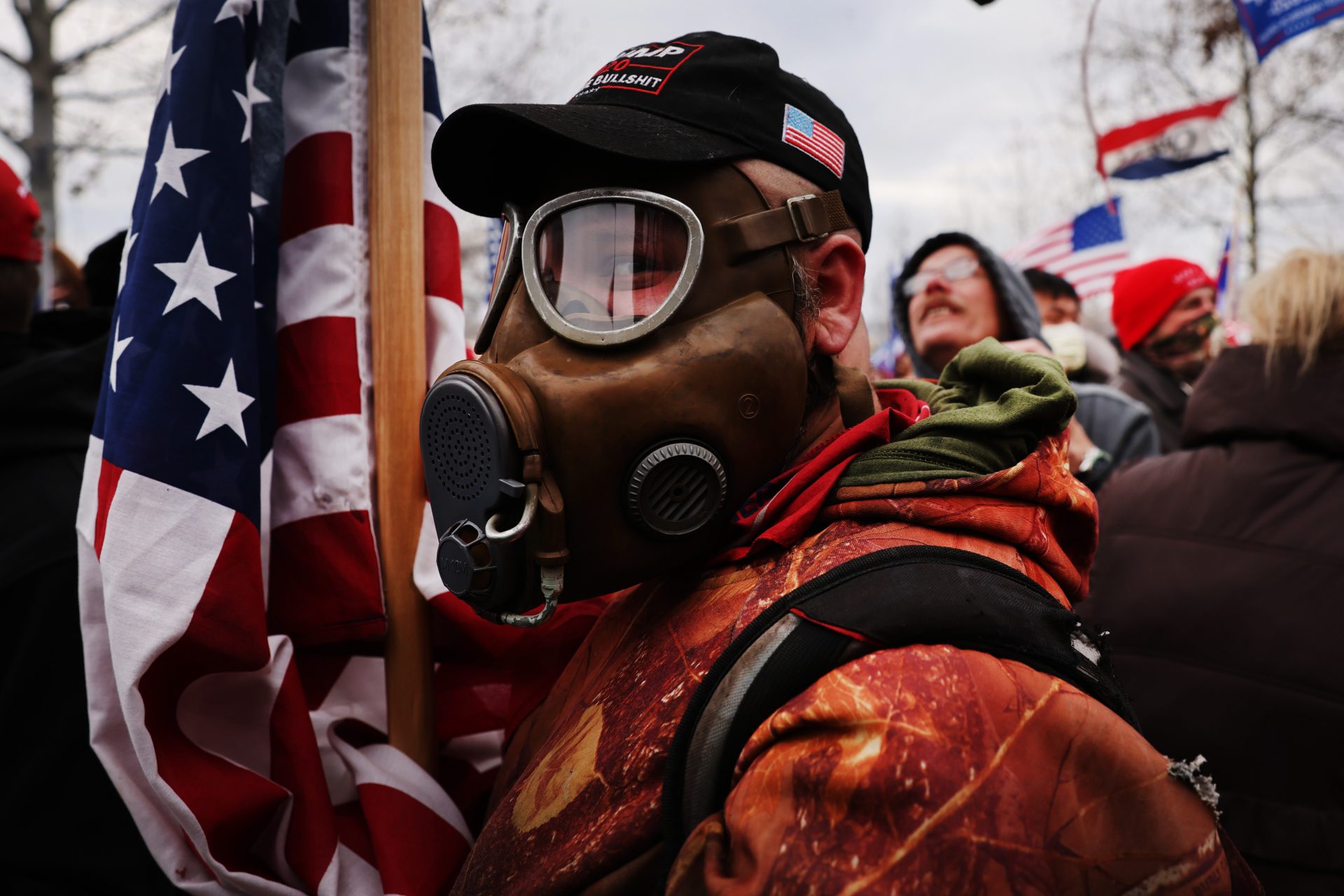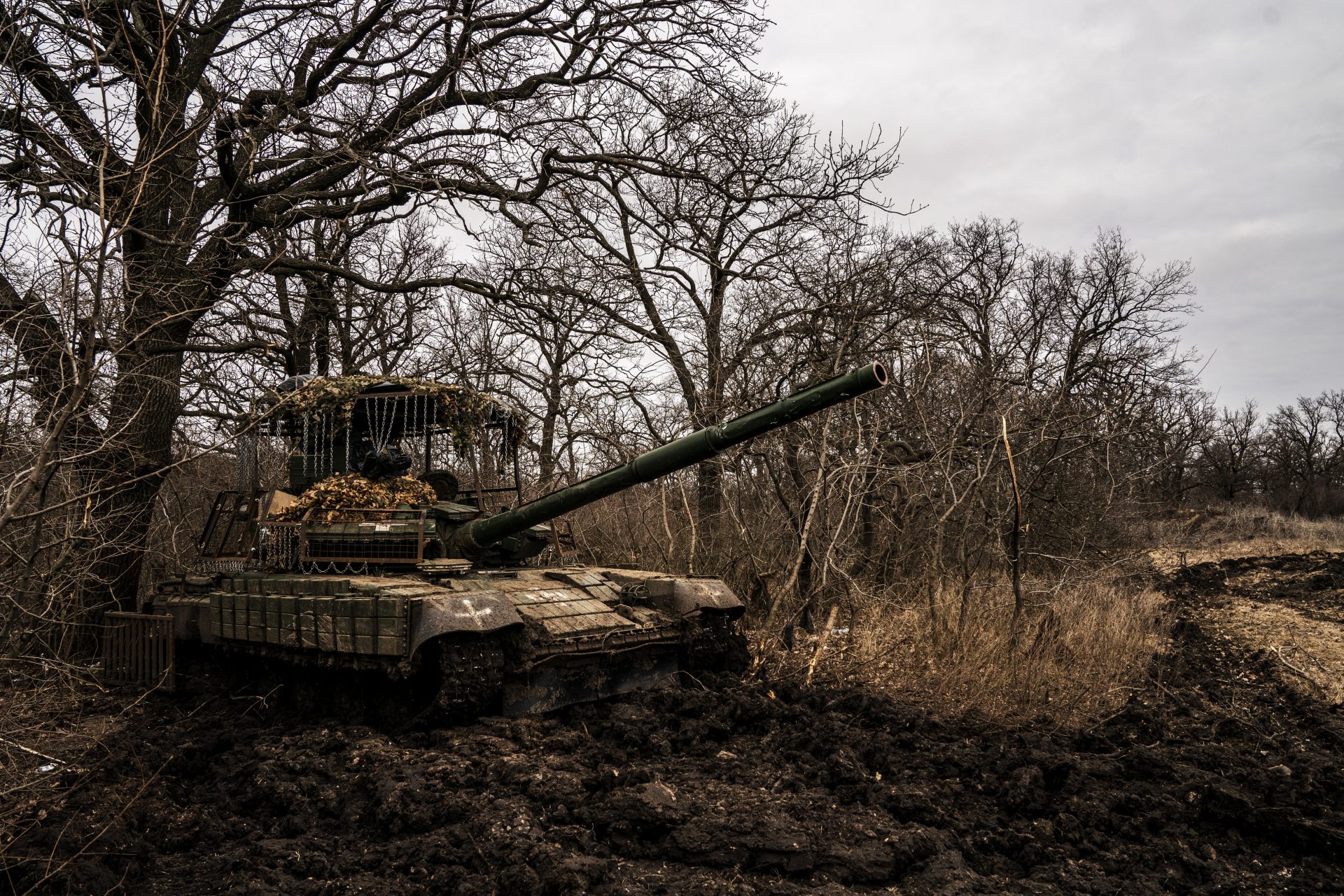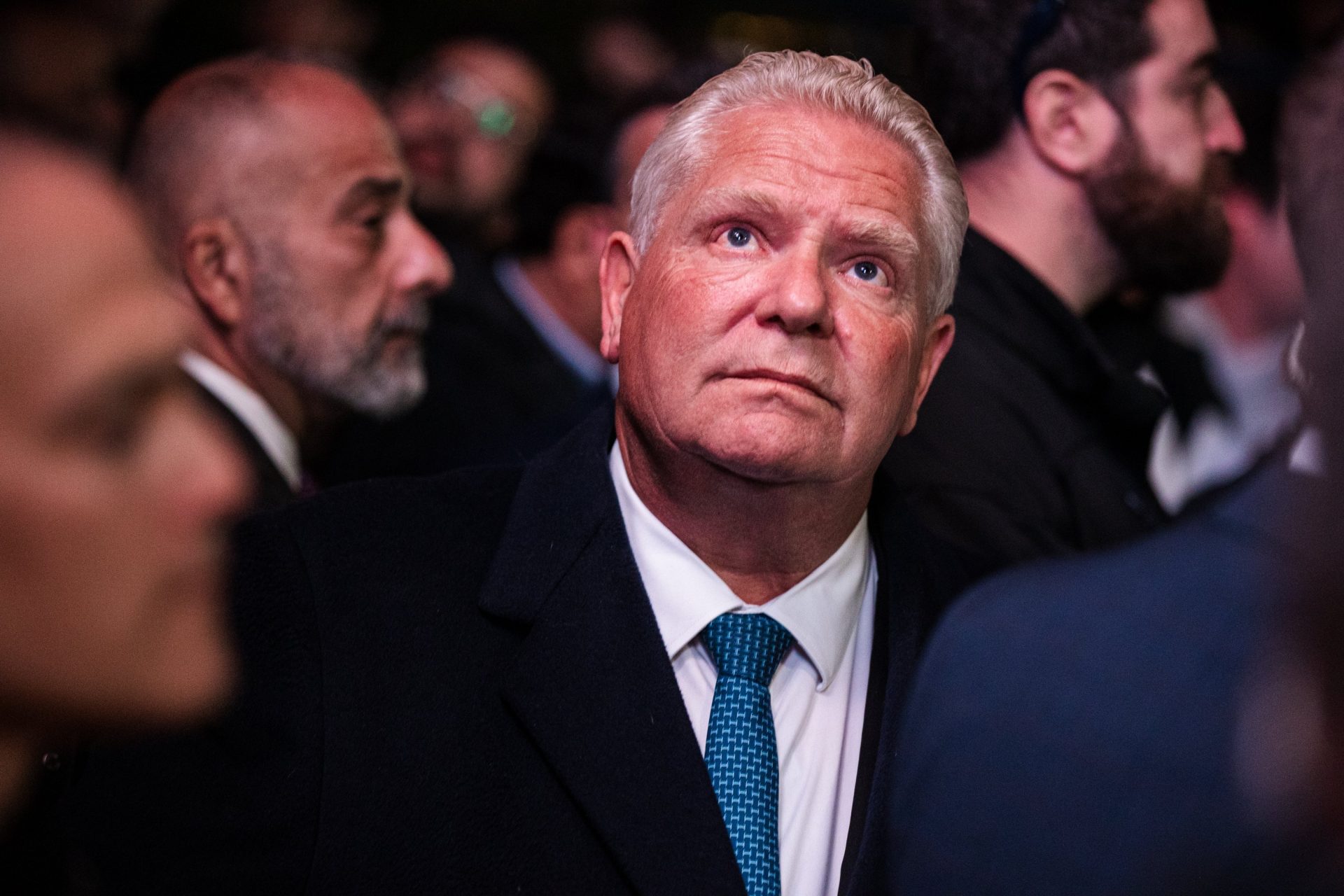This is how Miss Universe 2023 confronted Nicaragua's authoritarian government
Sheynnis Palacios is Miss Universe 2023, the first Nicaraguan to be crowned queen of the largest beauty pageant in the world. However, not everyone is celebrating.
The Nicaraguan people have gone out to the streets to celebrate their beauty queen. However, what should be an occasion of joy for Nicaragua cannot escape the harsh reality of real-life politics.
The Costa Rican television channel Teletica revealed that local Nicaraguan media reported that Daniel Ortega's government had supposedly prohibited the entry of Sheynnis Palacios into the country.
The refusal of entry was allegedly rescinded hours before Palacios was crowned Miss Universe 2023.
However, without clear evidence and the lack of transparency that surrounds the local authorities in Nicaragua, one can never be completely certain.
What is true is that the Nicaraguan government joined the party in a tactful but distant official statement.
“Nicaragua celebrates Sheynnis Palacios Cornejo with true pride and joy for being crowned Miss Universe,” stated the press release, quoted by the Mexican newspaper El Universal, among other news outlets.
Image: itscaitlynwilson /Unsplash
Diario de las Américas has also highlighted that the government headed by Daniel Ortega called on the Nicaraguan people to welcome Palacios at the international airport in Managua.
But why would the Nicaraguan government believe a beauty queen is so dangerous that she shouldn't return to her own country?
Image: rouichi / Unsplash
Mexico's El Universal newspaper explains that Sheynnis Palacios participated in the anti-government protests that shook Nicaragua in 2018, earning her the nickname “Miss Tranquera”, meaning “Miss Street-blocker”.
Meanwhile, Teletica shared alleged screencaps from Palacios's social media, showing the beauty queen marching against Daniel Ortega. However, a current look into her accounts shows no photos.
The protests, which began due to an unpopular social security reform, have been one of the most important social movements against the Sandinista Government in recent years.
Sandinismo came to power in Nicaragua in 1979, after a bloody civil war against the dictatorship of the Somoza family, which had governed the Central American nation directly and indirectly since 1937 and with support from the United States.
(In the photo: Anastasio Somoza, dictator of Nicaragua between 1937 and 1947, and again between 1950 and 1957).
Daniel Ortega ascended into prominence in Nicaraguan politics in 1981, first when he headed the National Reconstruction Government Board and later when he became the country's president from 1985 to 1990.
Ortega was elected president again in 2006 and has since been re-elected in office in 2011, 2016 and 2021, governing Nicaragua for more than 25 years non-consecutively.
For many Nicaraguans like Sheynnis Palacios, the question remains whether Daniel Ortega has become a dictator, like the ones he used to fight in his youth.
More for you
Top Stories



